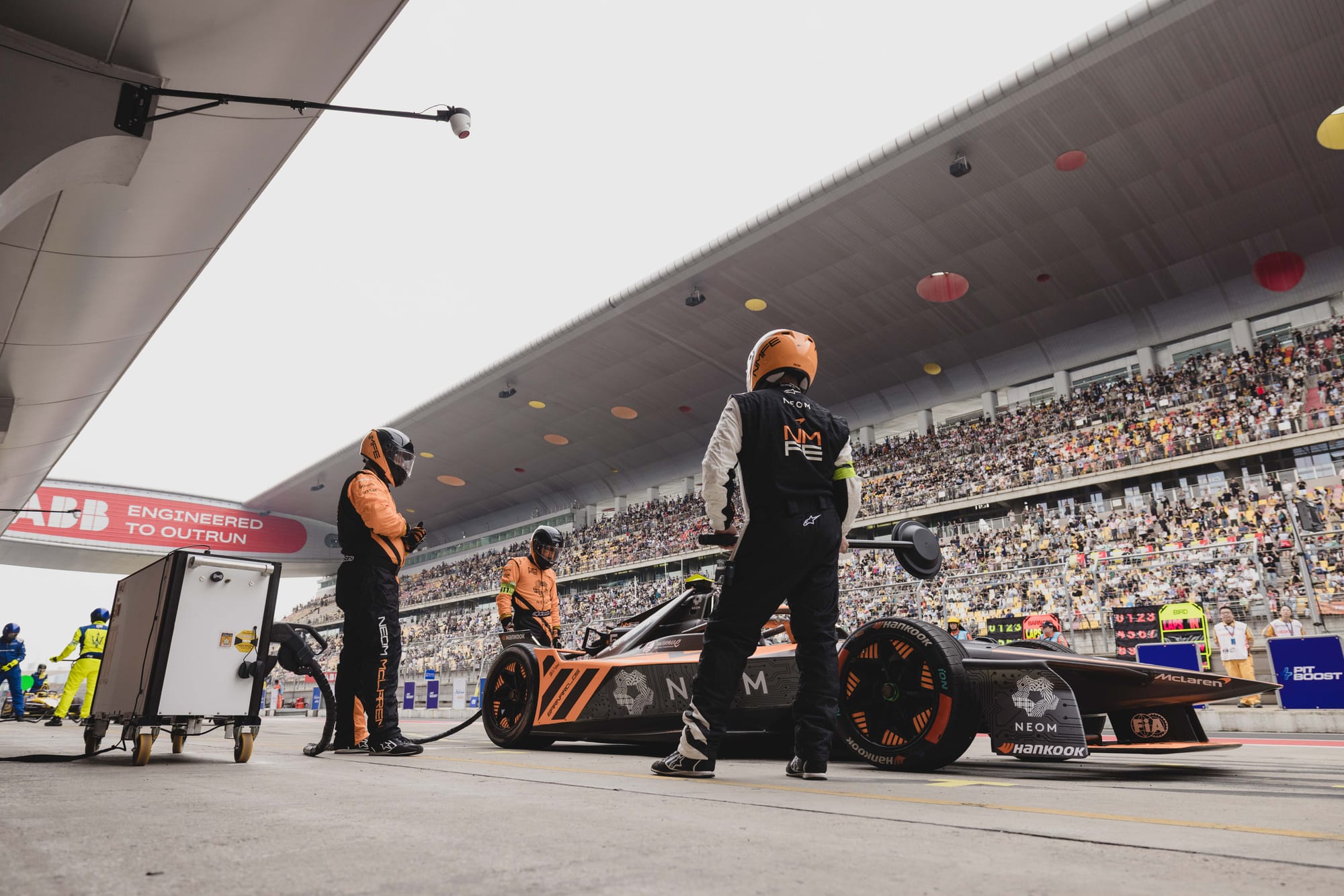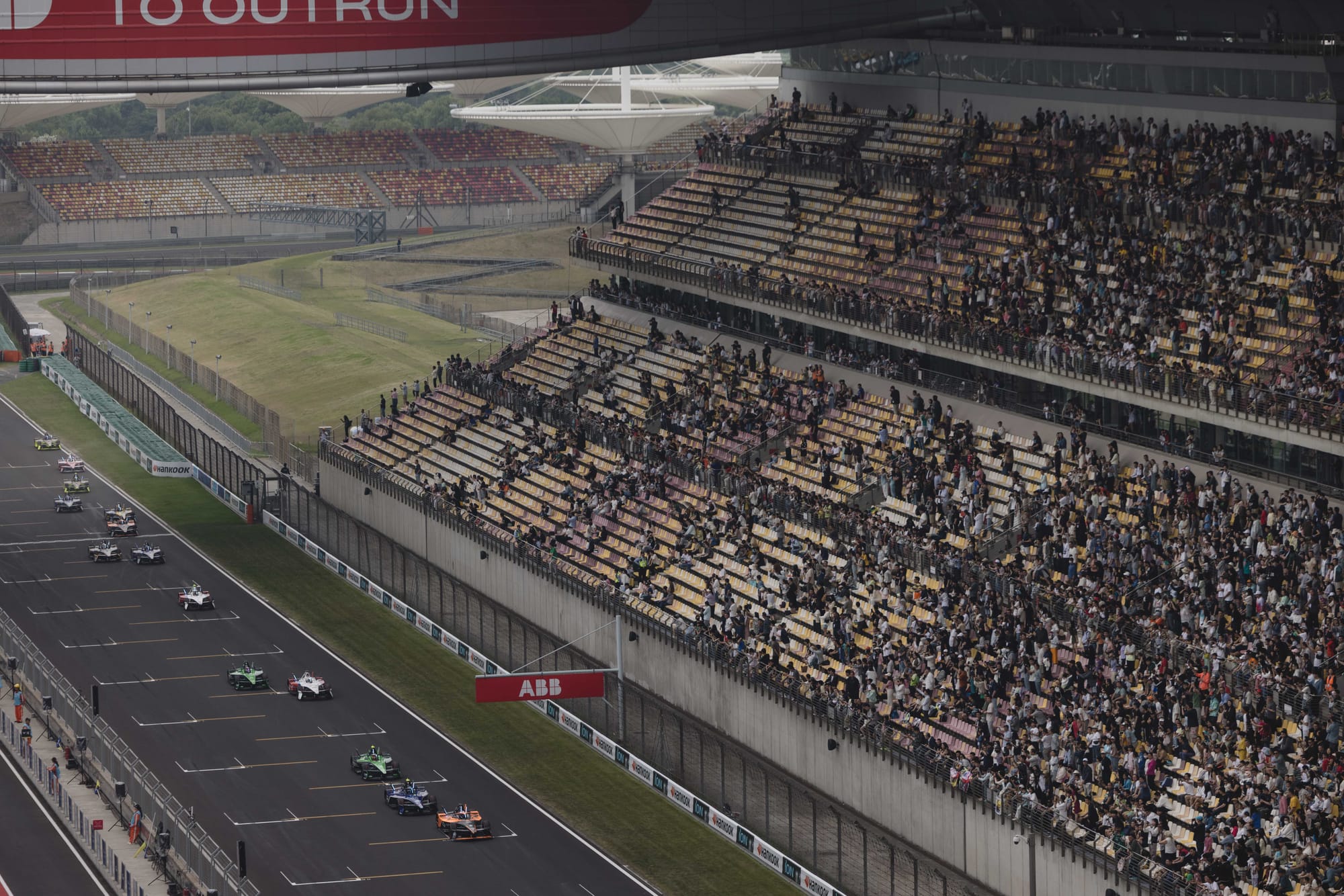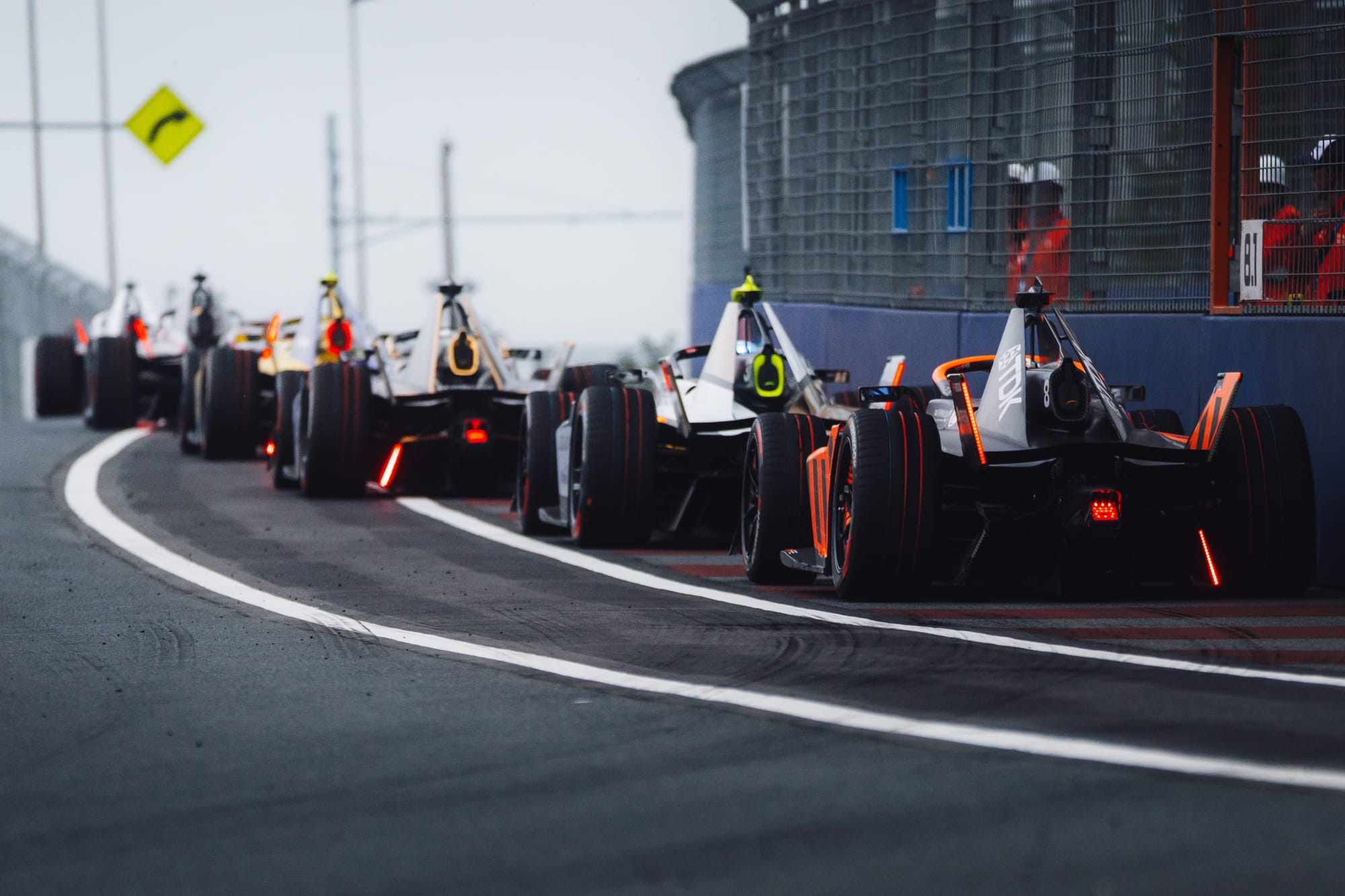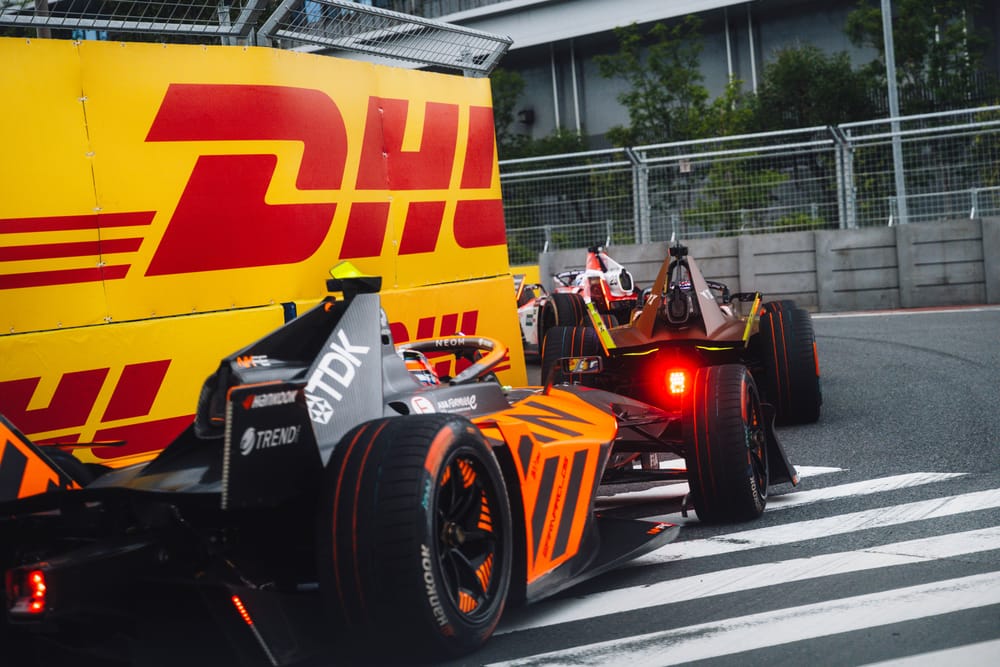The difficulties McLaren endured in its attempted - and ultimately failed - bid to save its Formula E teams were a consequence of both circumstance and, allied to that, the world's only all-electric world championship living in a bit of a bubble.
The NEOM McLaren Formula E licence has had approximately six months to find new investment and a future. Ultimately, Formula E has lost a team.

That it came just over a week on from the promoter expounding boosted audience and social media growth adds another layer of bitter irony.
Those figures, which claimed a 491 million worldwide TV viewership, 23% growth in fans worldwide - up from a 304 million average in 2023, to 374 million last season, peaking at 386 million at start of the season - 20% growth in Formula E's social media following, and one billion impressions across all Formula E-owned social channels, were impressive.
The data is sourced through companies that Formula E Operations pays for their services, including Nielsen, the renowned audience insights, data and analytics company. Precisely how those figures are both collated and then stress-tested is unknown. Debate and conjecture has always gone hand-in-hand with the methodology in gaining such figures.
Formula E amplified a finding that 10.5 million people watched the Mexico City E-Prix in January. That was celebrated as being "80% larger than the 2024 Las Vegas Grand Prix". At face value it barely seems credible that can be the case but according to sourced data from 'Nielsen via Kantar' (media and market research specialists) it was.
Should these figures be true, accurate and fair - and frankly some do doubt they are in the sense of whether they definitely represent solid viewing - it has to be assumed it is great for the series.
But if they are correct and accurate then the difficult questions really start to come.

If it's this buoyant then where is the monetisation of such remarkable optics and followings? Where are the ambitious new commercial partners investing in Formula E? Where are the new manufacturers? And where are the new corporate names banging on the door to activate race-in, race-out?
The reality has been clear to an extent this week with the news that the McLaren franchise could not be acquired to continue racing next season: if a prestige entry that boasts multiple championship-winning credentials (in its Mercedes EQ guise between 2020 and 2022) and one of the world's biggest racing brands (McLaren) could not find a buyer, ensuring that Formula E is down to 10 teams for the first time since 2018, then why are the media growth figures not translating to the health of the competitors or the attractiveness of Formula E?
Therefore, many feel that the mystery continues when it comes to Formula E. Question it and it is actively parried, via rollout lines such as 'Formula E is still growing' and 'Formula 1 is 75 years old, and...and...and'.
What else Formula E's contending with

There are more existential questions to consider too.
Jaguar Land Rover was the second manufacturer to sign up for the Gen4 rules set and appears committed until 2030. Its sales figures have fallen significantly but this is more a legacy of its strategic pivot away from internal combustion to all-electric via its Reimagine programme which was announced in 2021.
"Jaguar’s transformation towards a new portfolio of pure-electric vehicles was announced as part of the Reimagine strategy in 2021. JLR always envisaged a period when the current range would ‘no longer be on sale’ before the introduction of the new Jaguar collection," said a Jaguar statement.
"Production of XE, XF, F-TYPE, I-PACE and E-PACE all came to an end in 2024 as part of that transition. This strategic ‘sunset’ of the product range is going to plan and will allow Jaguar to transform and reposition the brand for the future.
"Comparing Jaguar sales to 2024 is pointless as we are no longer producing vehicles in 2025 with low levels of retail inventory available. Jaguar’s rebranding is not related to a sales decline."
Nissan made huge job cuts earlier this year: 11,000 globally, with seven factory closures.
Yes, Formula E is relatively cost-effective in terms of the financial regulations but if adequate return on investment is not forthcoming, how long can it remain attractive?
Formula E functions well in some areas, has strong sporting DNA, and has a massive amount of potential. But it consistently confuses - even those imbued in it, particularly the participants and the handful of media that cover it full-time.
Since this time last year, Formula E has actually made significant cuts to its staff and consolidated and changed some of its marketing efforts. An effort to trim costs is part and parcel of any business but it's hard to rationalise that with the lofty ambitions, spurious claims of '200mph racing' and astounding TV/media figures.
Some say the cuts show, some say they don't. But the bottom line appears to be that the bottom line is a big focus now. Liberty, Formula E's owner, wants to at least break even as soon as possible but the cost of propping up the MSG entry and the expensive Evo Sessions experiment in March might make that a challenge this year.

There will be headline-grabbing moveable Formula E feasts arriving. There will be big-name race title partners coming too, and there will be all sorts of positive vibes at the final two race weekends at Berlin and London.
It remains true that one of the strengths of Formula E is how relevant and how connected it is with the automotive and mobility industries via the strong and solid connection to electrification and sustainability. It is also one of, if not the most relevant for the automotive sector in terms of research and development.
But as ever with Formula E, behind the curtain there are bigger challenges to grapple with, not least via its own participants and customers for now and tomorrow.




